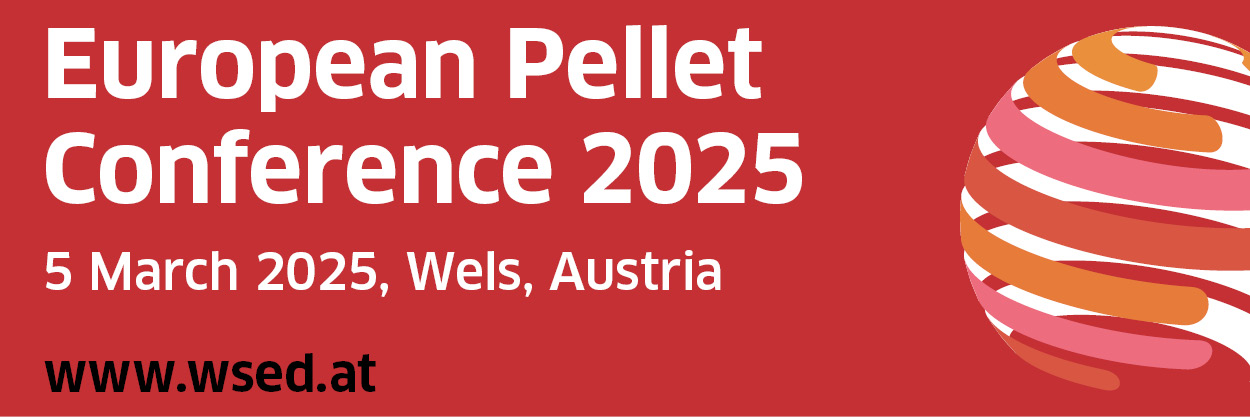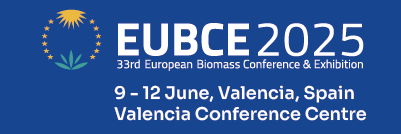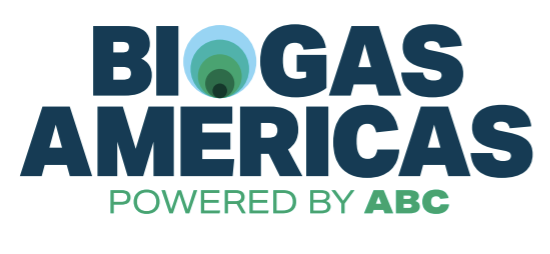Sequential cropping could unlock huge sustainable biogas potential, new study finds
Sequential cropping can be a promising model to produce additional biomass without negative impacts on land use change or food production, a new study has found.
In a research study for the Italian Biogas Consortium (CIB), climate and energy consultancy Ecofys found that agricultural crop yields can increase dramatically in a sustainable manner if sequential cropping is introduced.
In Europe, agricultural land is usually fallow during winter time. In a sequential cropping scheme, a winter cover crop is cultivated in addition to the usual summer crop.
Ecofys, consulted by the Wageningen University Centre for Crop Systems Analysis and the Research Centre on Animal Production (CRPA, of Reggio Emilia), assessed the impacts of this practice which is already being applied by many Italian farmers.
Ecofys focused its research on a case study in Northern Italy, where maize silage is being cultivated as a summer crop (for animal feed) and triticale silage as an additional winter crop (for biogas), with digestate, a nutrient-rich biogas residue, being fed back to the fields.
On-farm biodiversity
The experts investigated how much additional biomass was produced and which impacts occurred on soil nutrients, soil erosion, water availability, on-farm biodiversity and the carbon balance. The study uses a methodology Ecofys developed for the European Commission, published on the DG Energy website.
The results identified this agricultural system as promising in all respects: crop yields for animal feed and additional biogas feedstock were increased, thus providing additional income to farmers without displacing existing feed production or creating other negative environmental impacts. However, further research is recommended to confirm this. The additional biogas can be upgraded to biomethane and used for transport, heat or power.
“Seeing that low cost biomethane can be produced with positive environmental impacts and no negative land use change risks is encouraging, as biofuels are needed in much greater quantities than today to decarbonise the transport sector. It would be exciting to see whether this concept can be rolled-out throughout Europe”, says Daan Peters, Senior Consultant Bioenergy at Ecofys and main author of the study.
“We are delighted to see that our sequential cropping system, combined with a number of farming practices known as Biogasdoneright, truly produces additional biomass while capturing more CO2 from the atmosphere”, adds Piero Gattoni, CIB President. “We will continue to analyse the positive impacts of this agricultural model, and further improve it through technological innovation and good farming practices, in order to increase EU energy production without undermining EU food security and agricultural sustainability.”
Ecofys also assessed whether sequential cropping has a positive business case and whether it could be scaled up in other regions, and estimates that the potential cost savings and regional opportunities can be significant. An even larger potential can be expected if other crop combinations suitable for sequential cropping are taken into account. The experts thus recommend a more detailed study into the potential of sequential cropping in the EU and elsewhere.
This story was written by Liz Gyekye, editor of Bioenergy Insight.





















